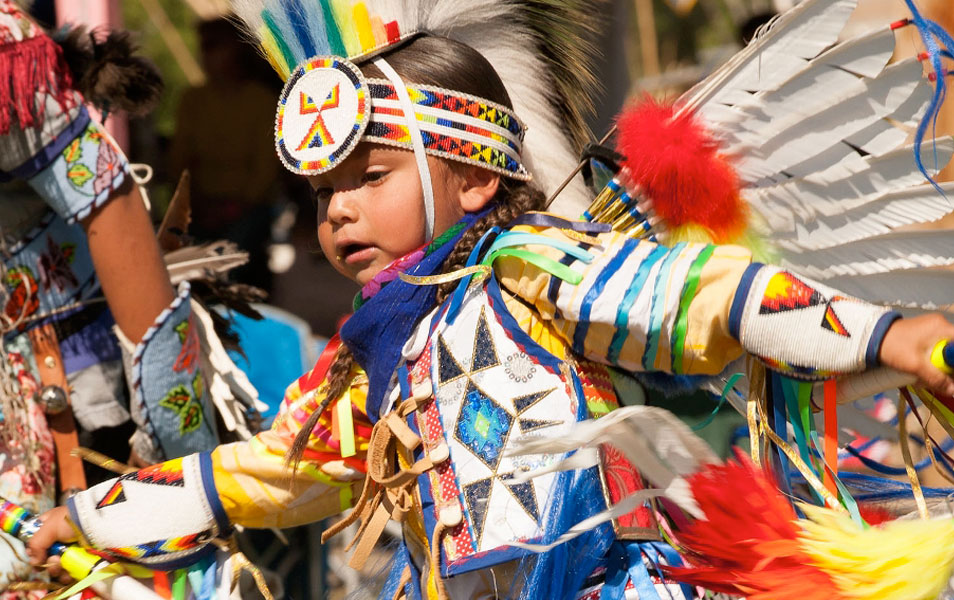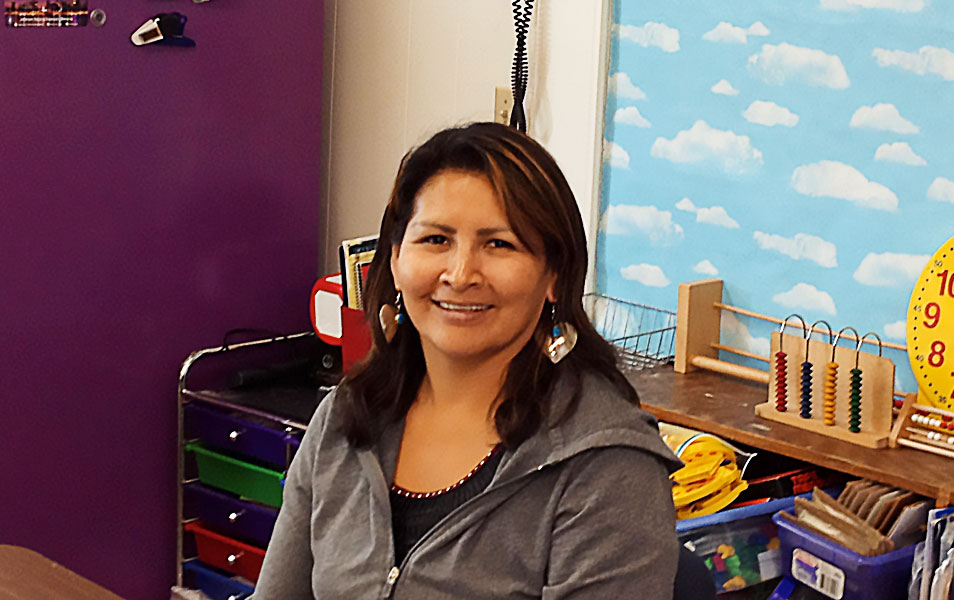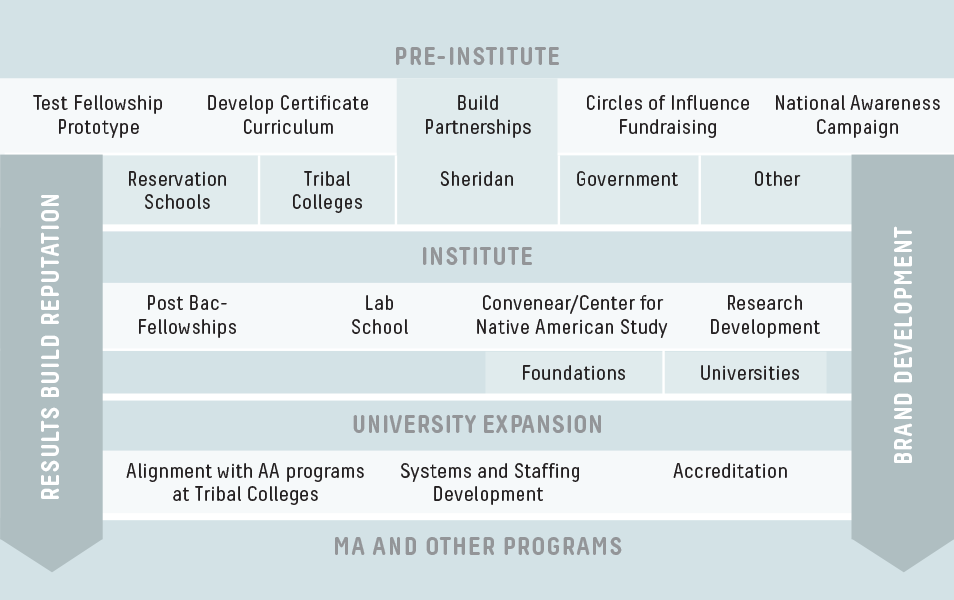Growing up in Wyoming, Craig Dougherty, school superintendent of Sheridan County, saw the stark contrast in the quality of education between his schools and those on the neighboring Crow Reservation. If one were to stretch from end to end the scores of low-income minority children taking standard achievement tests each year, they would find Native Americans at the tail end of the spectrum, with the current high school graduation rate below 51 percent.
Dougherty wanted to find a solution but memories were long after centuries of failed experiments in the cultural assimilation of these tribes. Having worked as a youth leader and teacher with various tribes in Montana and Alaska, he knew a partnership of trust between the two groups was critical to success. After conducting extensive research to identify the educational challenges and needs of the Native-American and Eskimo population, the First People’s Center for Education was founded in 1999. Focused on improving teacher education, the program eschews one way of teaching mathematics and literacy to emphasize an individual child’s way of understanding. After a series of successful partnerships with reservation schools and impressive increases in student test scores, the next step was building the program to scale.
SCALING UP
The concept of a rigorous, on-location teacher-training program with an advanced, university level curriculum was given life with the dedication of land and research funding. First People’s Center worked with Elizabeth Hinckley of DefCult and Marisa McCarthy from Stanford University to develop a strategic business plan for this new “University Project.” The team conducted an extensive organizational awareness study as well as analysis of management, funding sources, and systems. They looked closely at the concept’s viability, particularly in attracting and retaining strong teacher candidates and the organization’s internal and external challenges inherent in growing the program to scale.
Keeping these issues in mind, the team recommended a fellowship prototype that would ultimately produce students well prepared for teaching in a reservation setting. Based on extensive interviews with individuals invested in First People’s Center program, it was determined the prototype should roll out in phases and include three key qualities:
- A blend of high-achieving young graduates and Native-American teachers
- An overlapping pool of participants to maintain consistency and trust with the local tribe as well as provide easier adaptation and better training for new candidates
- A cohort model to provide a sense of family for young participants experiencing the expected culture shock and new teaching environment.
After presenting the phased roll out and prototype, Hinckley conducted design-thinking and planning workshops with staff to 1) create a working cohort prototype for testing 2) develop organizational strategies for the future vision and direction of the organization. All staff members participated in the workshops and discussions.
After the research and recommendations were developed, First People’s Center faced major cutbacks from government funding, its key source of income. The organization was forced to retrench, putting the University Project on hold. However, based on DefCult’s systems recommendations and strategic planning work with staff, the organization dramatically adapted its development and outreach efforts. Learn more about First People’s Center and its work in The Atlantic July 2015 issue.


